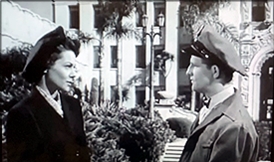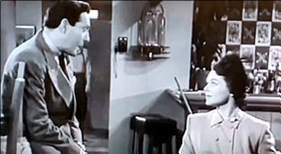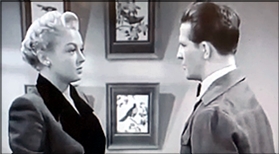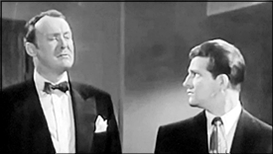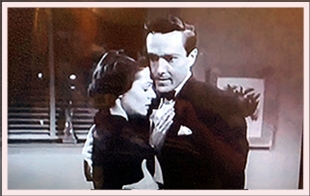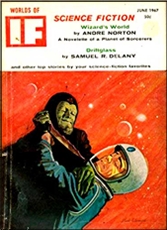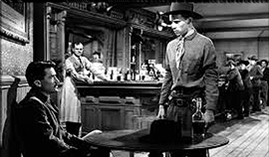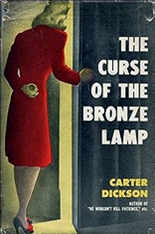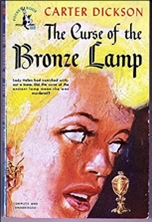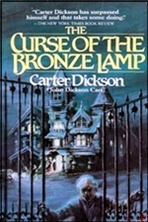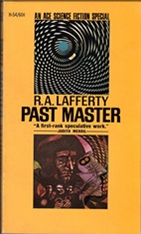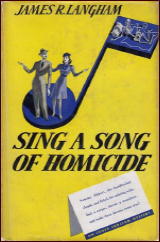Mon 4 Sep 2023
JAMES GOULD COZZENS – Castaway. Random House, hardcover, June 1934. Bantam 1007, paperback, 1953. Reprinted several times since.
Mr. Lecky finds himself in the basement of a nine-floor department store. It is night. He is hiding. There may be others. He’s not sure.
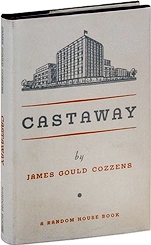
If there are others, he’s sure they mean to kill him. Best to keep in hiding until he can get his bearings and set up a safer spot to make camp.
Finally, taking a chance, he emerges. He sees no one. The coast is clear.
He goes from floor to floor, getting the necessities. Canned sardines, a preserved ham, a tin of biscuits, winter coats, a bedroom suite pushed up to door to the restroom, a shotgun, ammunition, a kitchen knife, an axe, flashlights, batteries, candles, a camp stove with paraffin canisters, scattered toy locomotives for an alarm. A stuffed rag doll for companionship.
He’s got everything he needs. Everything in the world.
One day he spies another man, animalistic, slurping the contents of a hastily pried can of sardines. His back is turned to Mr. Lecky. Mr. Lecky picks up his shotgun and shoots, shakily, only wounding his prey, who darts across the store, floor to floor, the most dangerous game.
There’s a feeling that perhaps we’re in some post-apocalyptic world, that perhaps Mr. Lecky is one of the last survivors of this forsaken realm.
But maybe not.
We begin with a lengthy quote from Robinson Crusoe:
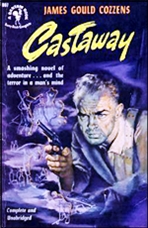
“How infinitely good that Providence is which has provided, in its government of mankind, such narrow bounds to his sight and knowledge of things; and though he walks in the midst of so many thousand dangers, the sight of which, if discovered to him, would distract his mind and sink his spirits, he is kept serene and calm by having the events of things hid from his eyes, and knowing nothing of the dangers which surround him!â€
To Cozzens this quote must be a great irony. Imagine, if you will, we had no enemies at all. If there were no dangers. All our needs provided for. We wouldn’t believe it. No enemies? No dangers? We’d have to invent them.
We’ve met the enemy and he is us.
—–
It’s a pretty compelling, short read. Just over 100 pages. But it wasn’t breezy because of Cozzens’s unique sentence construction. A bit old-timey, maybe. Plodding. Uncertain.
And no dialogue.
So it’s interesting that Sam Peckinpah bought the rights and wrote a screenplay. Hard to imagine what the movie would look like. So much of the action happens in Mr. Lecky’s head. And again, no words spoken. So, as written, could be a silent movie. Except for gunshots and shrieks. As of 2018, there were still plans to make the film. Though, alas, too late for Peckinpah.
https://www.hollywoodreporter.com/movies/movie-news/castaway-sam-peckinpah-planned-direct-1135342/
I read it because it was mentioned in David Madden’s Proletarian Writers of the Thirties as the book “which caught perhaps better than any other single work (being untroubled by ideology) the mood of the times.†Those times being the Depression. Now I certainly don’t know anything about the veracity of that statement. However, there is certainly a mood presented. Of paranoid isolation. And if that was the mood of those times, then my oh my how things haven’t changed!
